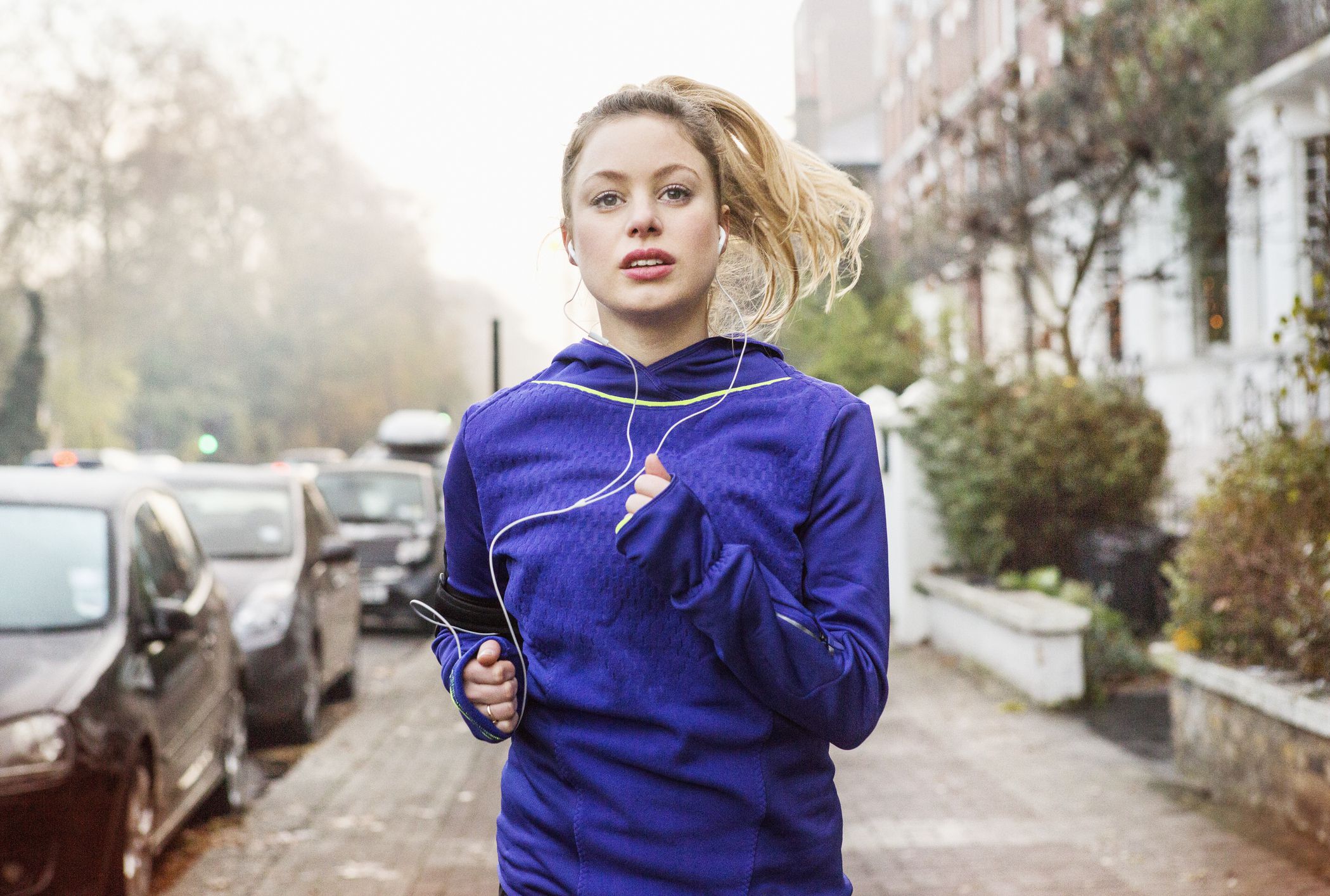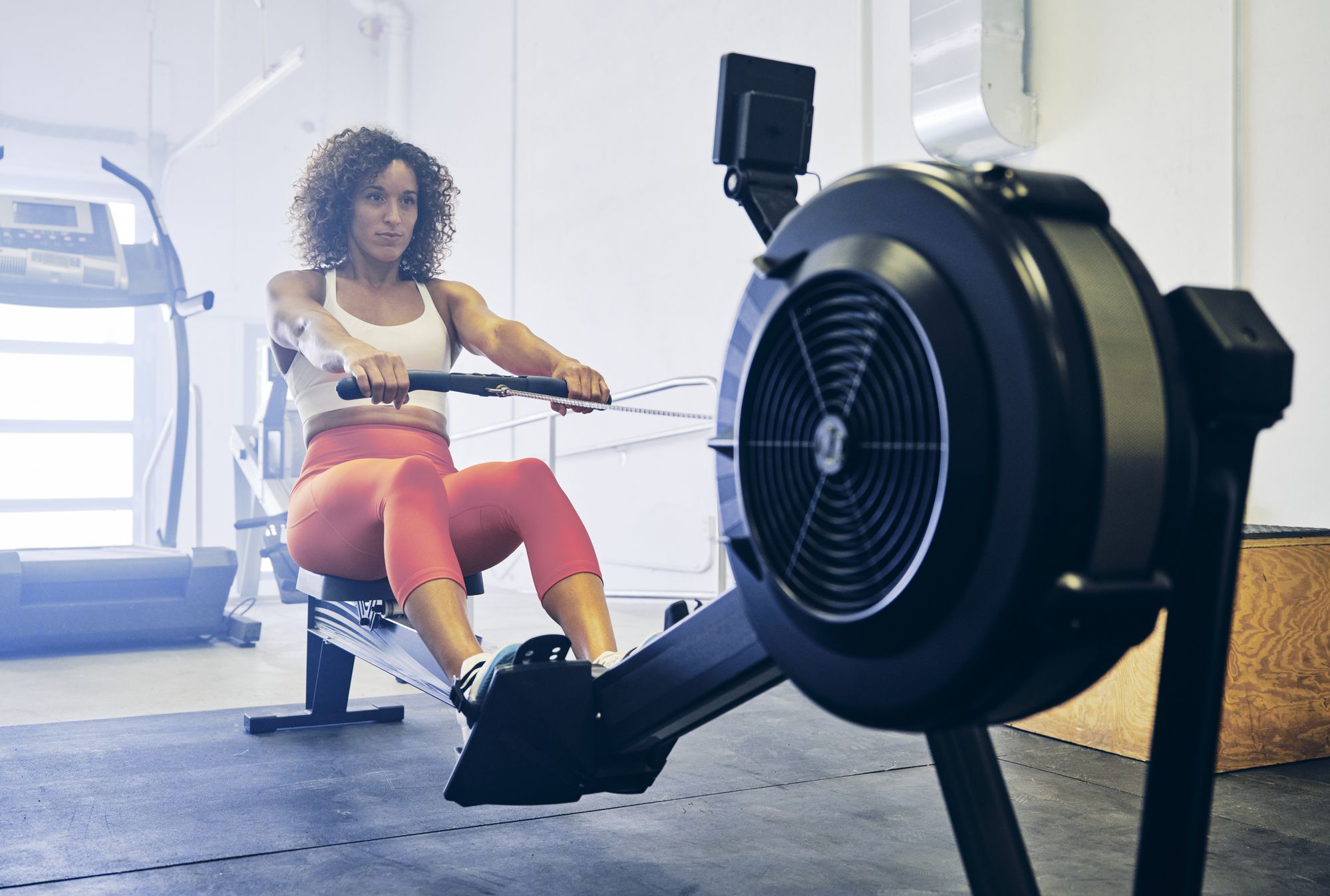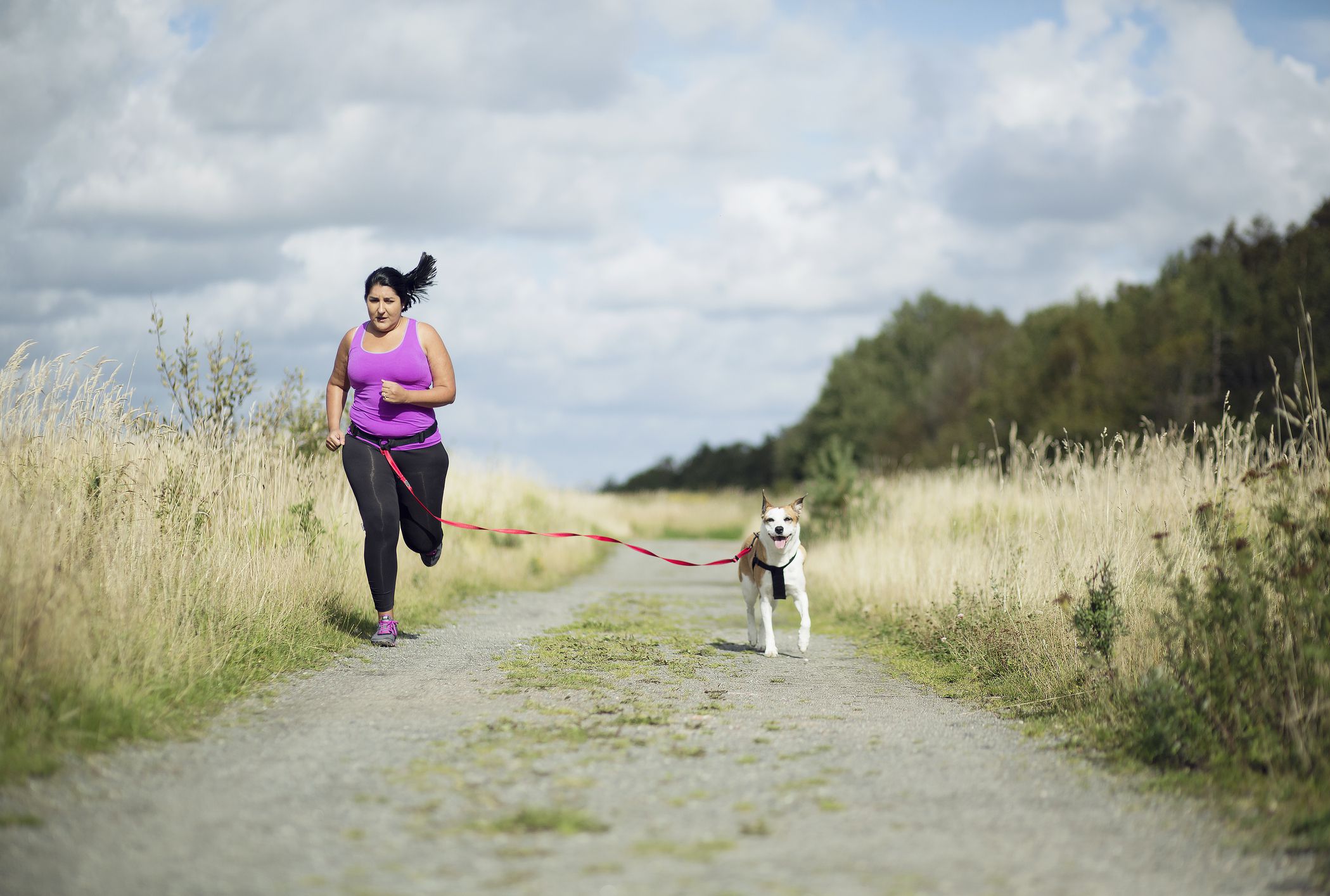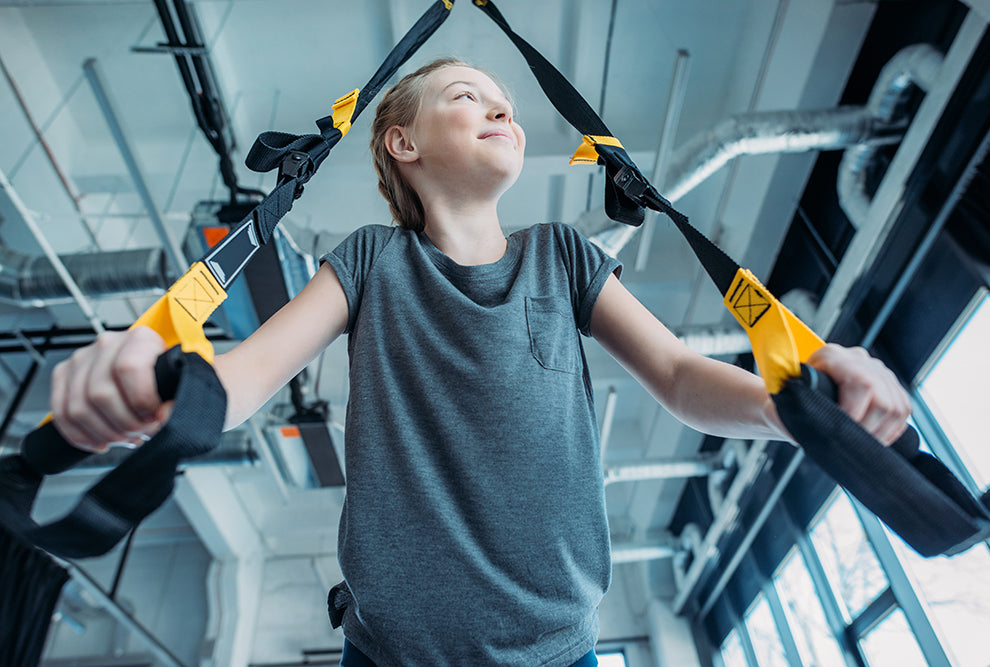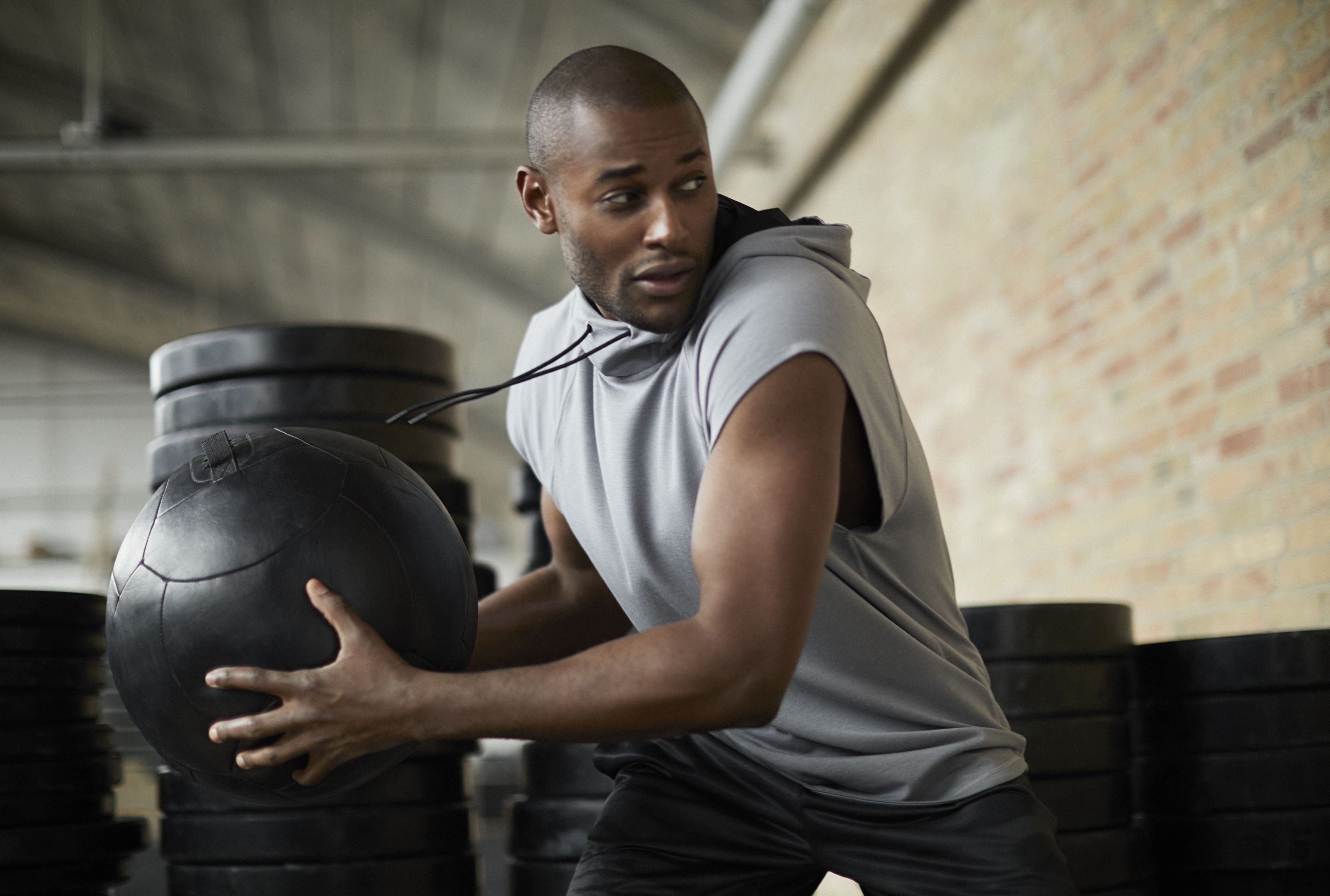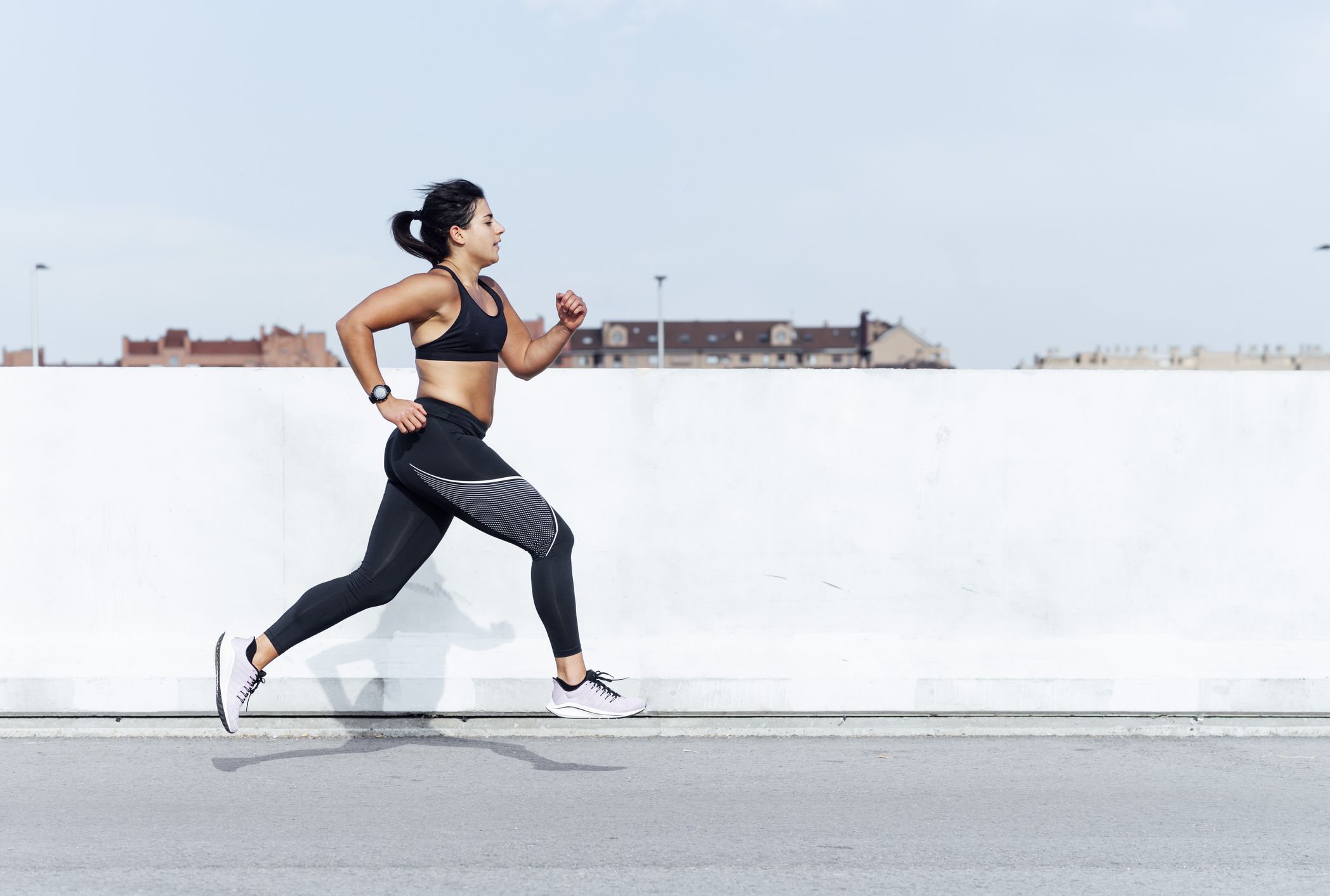
Running is an excellent workout for your heart, general fitness, and mental health; and with its boost of endorphins, it’s no wonder so many people report feeling a runner’s high. Whether it’s a leisurely run or a more intense form of training, the sport is also favored by many for the ease of lacing up your sneakers and heading outdoors.
While running requires no equipment, there are ways to enhance your workout, such as with top-notch running shoes, special gear, and even running apps to track your progress. Another way to improve your run may be to take a closer look at your running cadence, a popular performance metric among runners.
What is Running Cadence?
Running Cadence, also referred to as stride rate, measures how many steps per minute (SPM) you take on your run. In other words, it’s how fast your legs turn over.
Popularized by exercise physiologist and coach to Olympic athletes Jack Daniels, who gave decades of his time to studying and bettering exercise and wellness, 180 SPM was set as a benchmark for athletes. This means each foot makes contact with the ground 90 times a minute. As detailed in his book “Running Formula,” this number was based on his observation of runners during the 1984 Olympics.
Keep in mind, this stride rate is not applicable to everyone, as individual running cadence is dependent on various factors, such as body composition and the type of running performed (endurance vs. sprints). Height in particular is a consideration of running cadence as taller runners tend to have a lower cadence due to longer strides.
How Do You Calculate Your Running Cadence?
There are a few methods to calculate your running cadence, according to Rhandi Omre, a member of the RACE team at Women’s Epic Race, and a NASM certified running coach.
“Stary by counting the number of times your left foot hits the ground in 30 seconds, and double that number to calculate the total for 60 seconds,” says Omre. Once you have that number, double it again for the total of both feet or your average running cadence.
Omre adds you should calculate your stride rate on a few separate runs and use the average to determine your current running cadence.
How to Calculate Running Cadence
- Count the number of times your left foot hits the ground in 30 seconds.
- Double that number to calculate the total for 60 seconds.
- Double the number calculated in step 2 for the total of both feet, or your average running cadence.
Example:
- Your left foot hits the ground 45 times in 30 seconds.
- 45 x 2 = 90 total times your left foot hits the ground in 60 seconds.
- 90 x 2 = 180 total steps for both feet, or your average running cadence
Note: You may want to calculate your stride rate on a few separate runs and use the average.
More technical methods for measuring cadence are with a running watch or running app, which are also helpful if you want to track metrics such as your pace, distance, and routes, as well as store your workouts. “Most running watches and apps (many of which are free) automatically calculate your running cadence quite accurately.”
Why is Running Cadence Important?
Running cadence can help your body to move using less energy, and prevent the likelihood of injury when running, especially when stride rate is increased and stride length decreased. This is because running with quicker, shorter steps saves on effort and makes for a more efficient run that is easier on the joints and kinetics of the body.
In terms of injury prevention and energy preservation, running cadence can be helpful, however, there is no ‘one rate fits all’ as individual body mechanics and compositions are unique.
“While running cadence is important, it’s one of many key factors that help determine your running performance,” says Omre. “Think of running cadence as a stepping stone to great running as it helps with a myriad of factors such as injury prevention, running technique, decreased impact on joints, and can correct overstriding.”
How Do You Improve Your Running Cadence?
There are many ways that you can improve your running cadence.
Set a Goal
Start out by aiming to improve your running cadence by 10 steps or around 5%. “Don’t go straight from 160 to 180 though, rather if your current cadence is 160, work towards 170 and get comfortable with that,” says Omre. Once you can run a 5k at your new cadence goal, you can continue to increase it by 5%.
Work on Your Strides
Practice running strides at a high cadence by thinking “more steps, shorter stride”. It’s easier to maintain a higher cadence at a faster pace, says Omre, and once you can run at a faster cadence for short bursts of speed, it’s more manageable to continue for longer runs.
Maintain Good Running Form
Before you head out on your run, think about what good running form looks like from head to toe. “Look ahead, keep your core engaged, your pelvis neutral, arms by your side, and feet landing underneath your hips,” offers Omre. Remember, when your feet stride too far in front of your body, it causes overstriding which will decrease your cadence.
Perform Drills
Practicing and improving your basic running drills can help improve your cadence, such as the ABC’s of running that focus on your agility, balance, and coordination. In other words, the biomechanics of your running.
Typically used to improve sprint speed, drills such as skips, butt kicks, and high knees can improve your running form and therefore your stride rate.
Watch an Interactive Video
Watching professional online videos that visually break down the science of running cadence can help you better understand its application to your workout, says Omre.
Although, she remarks that a disparity in cadences is normal among runners. “A trail runner’s cadence that will vary greatly based on the route and terrain, or a taller athlete may have a much harder time getting to 180, and find that 175 works great for them.” Most important is to focus on your running technique and work towards small, achievable improvements.
It’s important to note that you may not need to improve your running cadence. Verywell Fit Review Board member and running coach, John Honerkamp, says, “If it ain’t broke, don’t fix it. If a runner is healthy and running 170 to 175 steps per minute, I wouldn’t force the change. I often take a look at cadence if a running is having a chronic or recurring issue.”
A Word From Verywell Fit
If you’re looking to improve your running cadence, the above tips and advice may help you build up a faster and safer run, void of injuries. However, there are other factors to consider when increasing your running speed, such as form and how often you run.
If you’re new to running, it may be worthwhile to use a running app or to hire a running coach to help start you off on the right foot.
Even if you’re an experienced runner, it’s important to listen to your body if pain or discomfort occurs. If this happens, it’s best to stop immediately and speak to a healthcare provider if the problem persists. Additionally, if you have certain health or medical conditions, always consult with a medical professional about the safety of beginning a new workout regimen.
Frequently Asked Questions
-
What is a good running cadence?
In order to improve your running efficiency and lower the risk of injury, you may want to monitor your running cadence. Although there is no one size fits all, the suggested optimal running cadence is 180 SPM. However, this number is not a benchmark for every runner. Height, stride length, body composition, and other factors can affect your stride rate, meaning your running cadence should be calculated individually.
Learn More:
9 Ways to Run a Faster Mile
-
What is a low running cadence and how can you improve it?
A low running cadence is often the consequence of a longer stride, meaning it takes your feet longer to return to the starting position and churn out another cycle. Although it’s not necessarily ‘bad,’ a low running cadence may not be optimal to increase your running speed. Studies have found that a higher running cadence is best for reducing strain on the body and lowering your risk of bone stress injuries. Therefore, reducing your stride length may improve your overall SPM.
-
Is a higher or lower running cadence more desirable?
A higher running cadence can result in less impact on your body and improve your running economy. Therefore, a higher running cadence seems to be more desirable. However, what is high for one person will differ for another, given height, age, muscle type, composition, etc, play a part. Therefore, your personal running cadence should be optimized for you.



